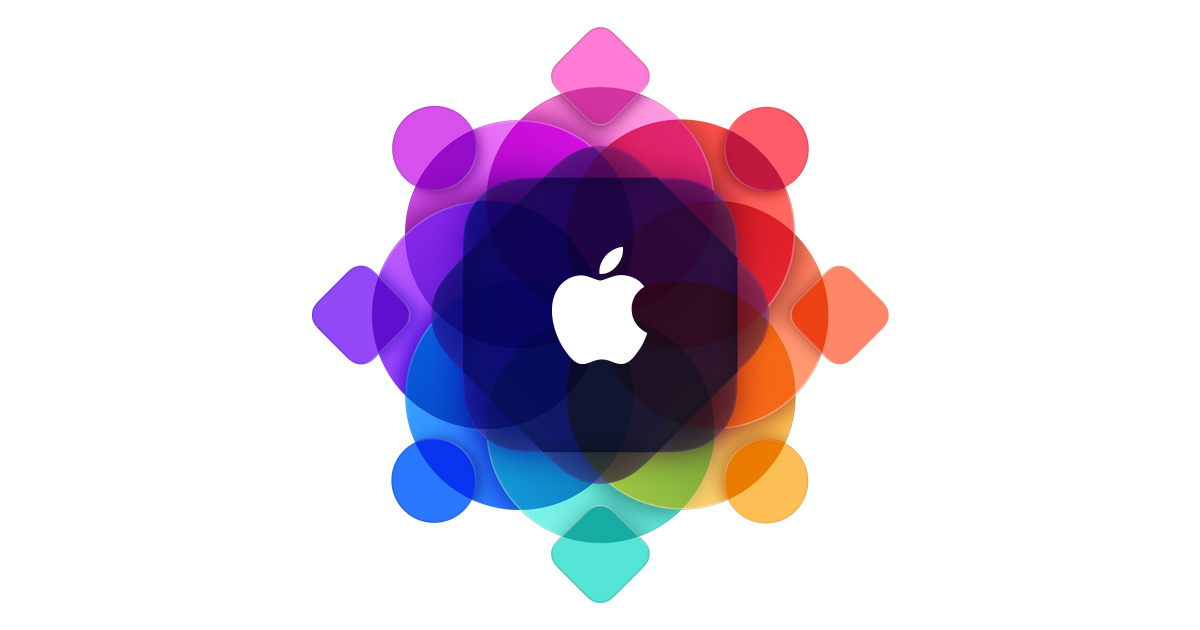

Apple notes that the processing for Face ID is done on the phone and stored in a protected area on the phone, which is more secure than a cloud based process and has the advantage of not needing an internet connection to work.
Apple’s facial recognition is also used by Apple Pay and to animate some new emojis. It will also work with applications that currently work with Touch ID.
Beyond the cool new look, the full OLED screen and the new hardware support for Face ID, the iPhone X is surprisingly similar to the iPhone 8 and 8 Plus. Both phone types use the same six-core A11 Bionic processor and both have the same amounts of memory. They’re both capable of wireless charging and you can get the same memory on any of them.
A notable improvement with the new A11 processor is that it includes a new 3-core GPU that designed to speed up graphic processing in games.
But the GPU is also used to provide extra processing power for artificial intelligence and machine learning applications. Ultimately, the GPU could make some types of professional applications dramatically more capable, which is something that’s not necessarily available in most smartphones.
The six-core A11, features two high-performance cores that Apple says are 25 percent faster than the A10 predecessor and four high-efficiency cores that the company says are 70 percent faster.
One significant feature is that the iPhone 8 and 8 Plus, like the iPhone X, will support Apple’s augmented reality. AR is mainly used for a series of apps, most of which are games or other entertainment products. However, the AR developers kit is available to anyone, so you can expect to see AR capabilities move into areas that are related to business.
Both phones will ship with iOS 11, which will be available in a general release on Sept. 19. The new version of iOS adds some important features to the devices it runs on, including a real drag and drop capability, an effective file system, support for multi-processing and better security.
Apple has improved the cameras in the iPhone 8 and the dual-camera implementation in the 8 Plus has gotten better. Both phones support optical stabilization, which will help take blur-free photos. They also have new color filters with improved low-light capability. They aren’t quite up to the cameras on the iPhone X, but they’re an improvement over the iPhone 7.
Originally published on eWeek
Quiz: How well do you know Apple?
Page: 1 2
Nvidia to partner with TSMC, Foxconn, Wistron, Amkor and SPIL to build $500 billion (£377…
American think tank warns about possible threat to US defence, after China imposes rare earth…
China is reportedly pursuing three alleged US NSA operatives, after cyberattacks on Chinese infrastructure
Chip making giant ASML mirrors other equipment makers, and outlines financial impact of Donald Trump's…
AI is transforming cybersecurity, offering faster defence and smarter attacks. Learn how businesses can harness…
Search engine giant being sued for £5 billion ($6.64 billion) damages over allegations for online…